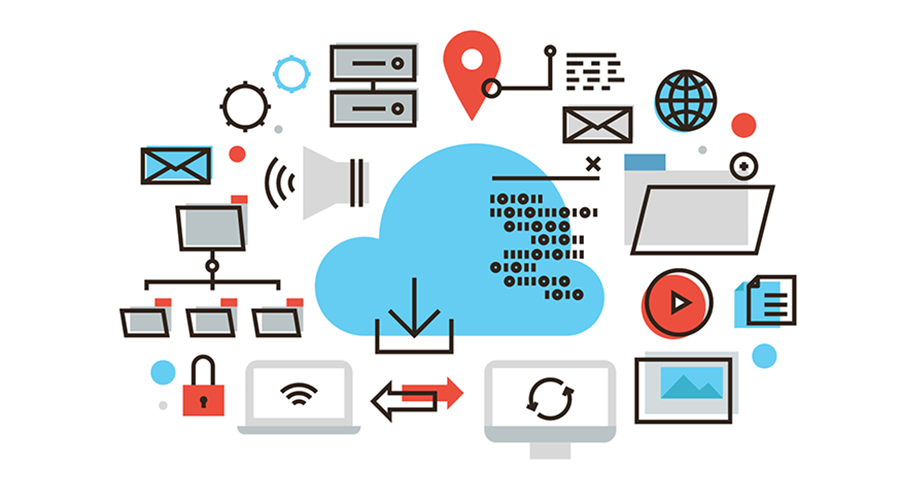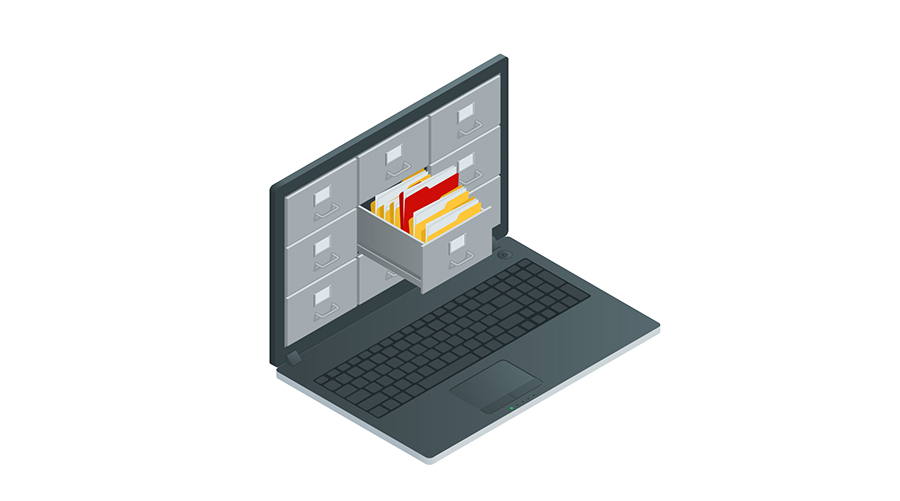It’s not just your garage that needs a spring cleaning
When the days grow longer and snow gives way to grass, it’s nature’s way of signalling the annual spring renewal. It’s also when many families give their homes, yard or garage a thorough spring cleaning.
But when it comes to tidying the photos, music, videos and other documents that clutter our digital devices, it’s easy to procrastinate. Doing so, however, creates a bigger headache to manage and puts your data at risk.
“We have so much digital content across every aspect of our lives but we don’t treat them with the same respect as a filing cabinet or a photo album, where things are kept in safe places and organized,” says Stephen Lavender, a help desk analyst with NAIT’s IT department.
“It only takes a split second for you to lose 10,000 photos.”
Getting on top of your digital data isn’t hard, Lavender says. It requires a bit of time to get started and a good system to maintain them.
Back it up

This is the absolute starting point for preserving digital files, says Lavender. Back up data from your computer or device to another computer, external hard drive or a cloud storage system.
“You always want to have at least two copies somewhere because devices can fail in ways we don’t expect,” says Lavender. “It’s very, very rare that you’d have both your computer and your [backup] hard drive fail at once.”
Format external drives first so they work with your computer’s operating system, Lavender adds. And it’s always a good idea to use a system with some level of encryption to keep your data secure. Not all external drives come with encryption capabilities.
Get organized

You don’t need fancy digital asset management tools or an archivist to organize your files.
Use a system that makes sense to you, which will be more effective and easier to maintain, Lavender says. Some people prefer to organize files by date, while others like main folders for photos and video. Creating folders based on events is another option, such as “Vacation 2018,” he says.
“If you stick to a file structure that is recommended to you, you may not be able to navigate it as quickly as something you created.”
If you accumulate a lot of files, it can also help to save different file types in specific locations. Lavender uses one external hard drive for media files and another for games, downloads and other files.
Use the tools available

Many tools built into computer and mobile operating systems can help with file organization and recovery. Time Machine (Mac) and File History (Windows) backup and restore your files if something goes awry, Lavender says.
Android and iOS offers cloud-based services to manage files across several devices. But it’s very important to learn how to use them, Lavender says, as it’s easy to accidentally delete a photo from existence instead of from a specific device. It can be helpful to refer to online threads or support services offered by your product maker.
Even if you manage to tidy up your files, it’s important to protect what you’ve decided to keep. Most people don’t need to be told to use anti-virus software like CCleaner or Malwarebytes to protect data on your computer. But it’s often overlooked for smartphones, says Lavender, who recommends using a scanner or cleaning app to keep malware at bay.
“They really are just small computers and these are things that can really help your data security.”
Nothing is safe

There are pros and cons to any backup system, physical hard drive or cloud-based. Both are portable, but physical drives can fail, especially older versions where the hard drive needs to be connected to your computer. Those spin continuously, which means they won’t last forever, Lavender says. He recommends replacing a drive every three to five years.
Cloud-based servers are only as reliable as your internet connection, Lavender adds. If you choose the cloud, password security is key to protecting your content and avoiding phishing scams.
If you’re worried about trusting your data with big corporations like Google, Apple or Microsoft, Lavender says they take security very seriously.
“It’s as safe as any other service you keep your information with. But at the end of the day nothing is 100% safe.”